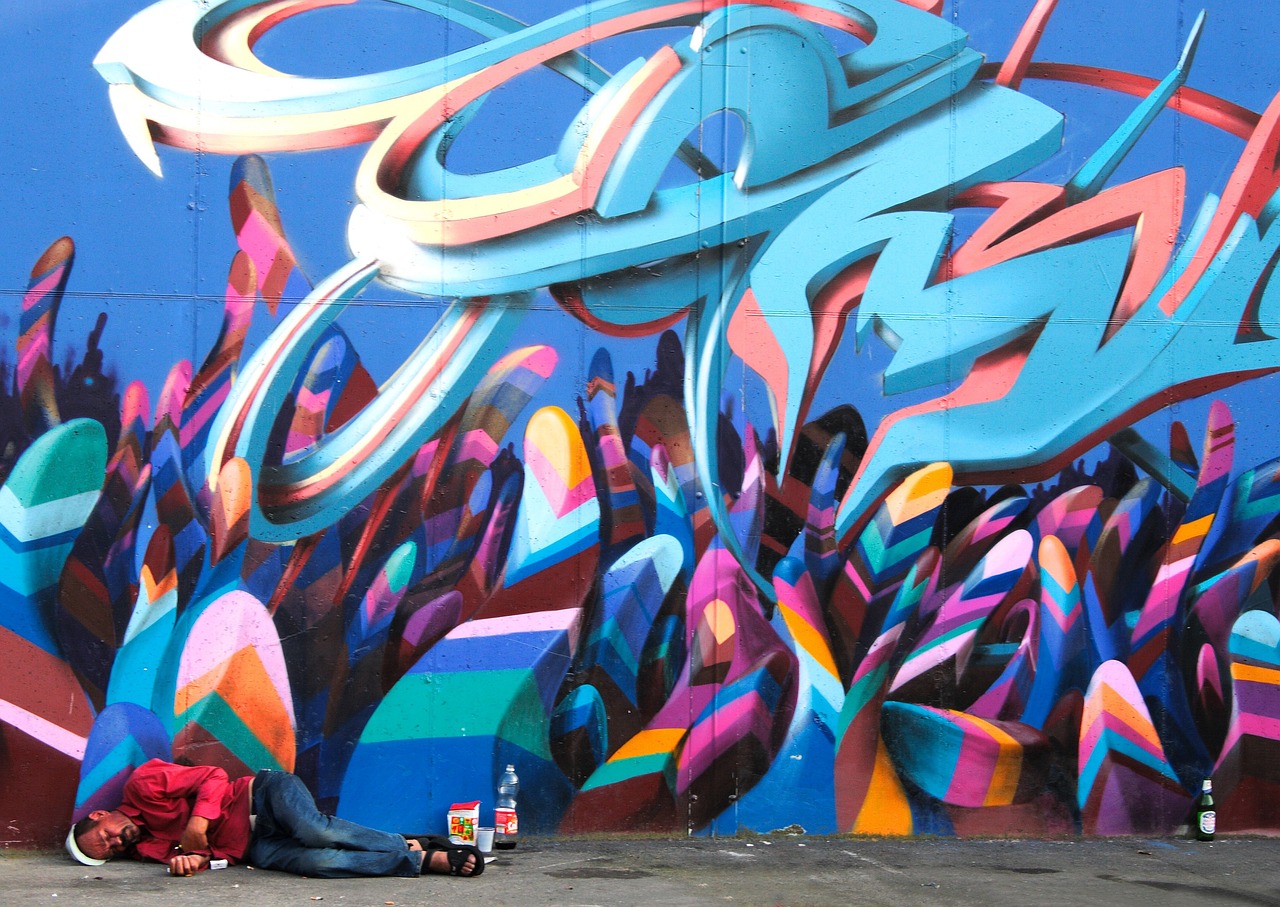Table of Contents
Discomfort is an inevitable part of life. Whether it’s the awkwardness of trying something new, the sting of rejection, or the challenge of change, discomfort accompanies every meaningful pursuit. However, many people instinctively avoid these experiences, mistaking discomfort as a sign that something is wrong. This fear of discomfort can quietly undermine personal growth, happiness, and success.
While it’s natural to seek comfort, avoiding discomfort altogether limits potential. Growth occurs on the other side of challenging situations—where people stretch their abilities, face fears, and build resilience. In fact, discomfort often signals progress, not failure. Recognizing this fact is the first step toward living a more fulfilled, meaningful life.
How Fear of Discomfort Shapes Our Lives
Fear of discomfort influences everyday decisions, often without us realizing it. This fear shows up in both big and small ways: procrastinating on difficult tasks, staying in unsatisfying relationships, avoiding hard conversations, or sticking to safe but unfulfilling routines. These choices can feel like self-protection, but over time, they create stagnation.
Avoidance Patterns:
- Staying in Your Comfort Zone: People often stick with routines and habits that feel familiar, even if they are unfulfilling. While predictability feels safe, it also keeps opportunities for growth at bay.
- Procrastination and Excuses: Difficult tasks trigger discomfort, leading to avoidance. Procrastination offers temporary relief, but it compounds stress and prevents progress.
- Fear of Failure and Rejection: The fear of being uncomfortable with failure stops people from taking risks. Whether it’s applying for a job or starting a new project, the desire to avoid rejection prevents meaningful experiences.
Fear of Discomfort as a Signal for Change
Avoiding discomfort reinforces the belief that it is something to fear. However, discomfort is often a sign that growth is occurring. Challenges—whether physical, emotional, or intellectual—force people to confront their limitations and build new skills.
For example, the discomfort of exercising regularly is part of the process of becoming stronger and healthier. Similarly, the unease of learning new skills or embracing unfamiliar situations helps people expand their abilities. If discomfort is always avoided, personal development comes to a halt. In this way, discomfort is not the enemy—it’s a guide pointing toward areas for improvement.
Emotional Discomfort Builds Resilience
Discomfort isn’t limited to physical experiences. Emotional discomfort, such as rejection, uncertainty, or failure, plays a critical role in building resilience. Each time people confront uncomfortable emotions without retreating, they become more capable of handling future challenges.
Resilience develops through repeated exposure to difficult situations. For instance, someone who learns to handle rejection by applying for multiple jobs grows less fearful of hearing “no” over time. They become more willing to try new opportunities, knowing that discomfort is temporary and survivable. This resilience becomes a powerful tool for navigating life’s uncertainties.

The Problem with Seeking Comfort Too Often
Modern life offers endless ways to avoid discomfort. Streaming services, social media, and instant gratification make it easy to numb difficult emotions and escape challenging situations. While comfort-seeking provides short-term relief, it can lead to long-term dissatisfaction.
Avoiding discomfort prevents people from building tolerance for it. When discomfort arises, it feels overwhelming, leading to more avoidance. Over time, this cycle can create a narrow life—one where fear of discomfort limits opportunities for growth, fulfillment, and connection.
Consequences of Over-Avoidance:
- Lack of Fulfillment: Staying in the comfort zone leads to stagnation, making life feel routine and unremarkable.
- Reduced Self-Confidence: Without challenging experiences, people miss the chance to prove their capabilities, eroding self-esteem.
- Increased Anxiety: Avoidance feeds anxiety, making discomfort seem even more frightening over time.
Embracing Discomfort: A Path to Freedom
Breaking free from the fear of discomfort requires a mindset shift. Instead of avoiding discomfort, people can learn to welcome it as part of the process of becoming their best selves. Embracing discomfort involves recognizing that it’s temporary—and that it often leads to meaningful outcomes.
Here are some strategies for learning to embrace discomfort:
- Reframe Discomfort as Growth: When discomfort arises, remind yourself that it’s a sign you are growing. This mindset shift helps reduce the fear associated with challenging situations.
- Start Small: Begin by intentionally seeking out small challenges, such as trying a new hobby or striking up a conversation with a stranger. Small wins build confidence over time.
- Practice Mindfulness: Mindfulness helps people stay present with discomfort instead of reacting to it. Observing discomfort without judgment makes it easier to tolerate.
- Set Growth-Oriented Goals: Focus on goals that stretch your abilities, even if they make you uncomfortable. The pursuit of meaningful goals often requires navigating discomfort along the way.
Building a Life That Includes Discomfort
A fulfilling life involves challenges and setbacks alongside joy and comfort. Accepting discomfort as a natural part of life allows people to pursue meaningful experiences without fear. Instead of striving for constant ease, they can aim for a balanced life—one that includes growth, challenge, and rest in equal measure.
Rather than fearing discomfort, people can see it as a necessary ingredient for building a meaningful existence. This doesn’t mean seeking discomfort for its own sake, but it does involve choosing to face it when the situation calls for it.
Over time, embracing discomfort becomes second nature. People learn to see it not as something to fear, but as part of the process of living fully and authentically.
Choosing Discomfort for a Meaningful Life
The fear of discomfort may offer temporary relief, but it limits long-term happiness and growth. Life’s most meaningful experiences—deep relationships, career success, personal development—often require discomfort along the way. Embracing these moments allows people to tap into their full potential and live more deeply.
By shifting the focus from avoiding discomfort to embracing it, people open the door to new opportunities, deeper connections, and lasting satisfaction. Discomfort is not the enemy; it’s a sign that life is being fully lived.





